Sicilian Panelle Recipe | How to Make Chickpea Flour Panelle
- Hits: 2690
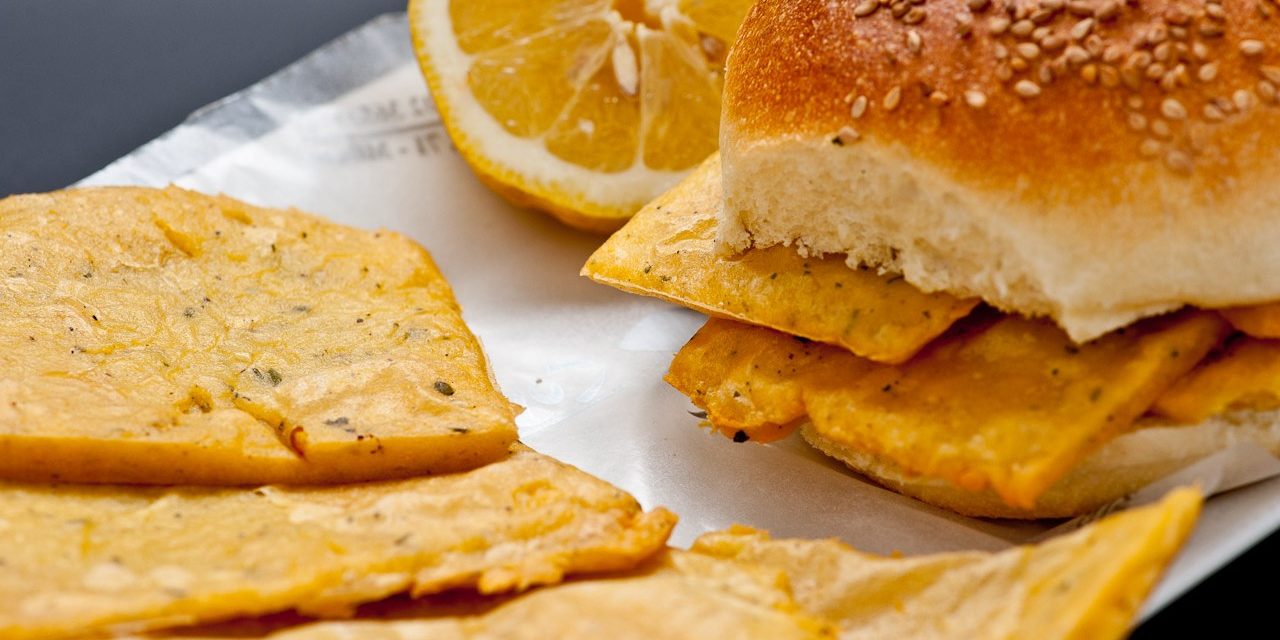
Add just a pinch of salt, so as to leave room for seasoning after frying, along with the black pepper. Also add plenty of chopped parsley and, for those who like it, chopped spring onion or shallot, which gives the panelle added value and a distinctive flavor, or some fennel seeds.
Cook over medium-high heat for about 40 minutes, or until the mixture thickens and puffs of air appear, indicating it's boiling. Stir well at the bottom of the pot. Let it boil for a couple more minutes, and the cooking is complete.
To form the panelle, the traditional method involves spreading the hot dough into molds. To simplify things, we can use the back of small plates, which usually have a hollow about 8-10 cm in diameter and a thickness of 4-5 mm, perfect for creating a panelle.
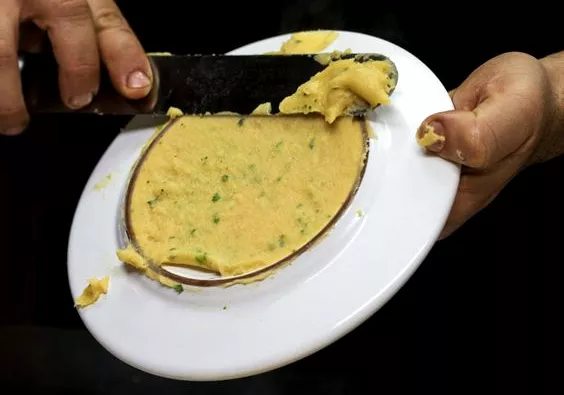
The process is simple:
- Prepare at least 12 small plates.
- Without turning off the flame, lower the heat to a minimum to maintain the temperature.
- Start spreading the mixture onto the bottom of the plates using a spatula or wooden spoon.
- Let it cool while you finish spreading it on all twelve plates.
- With the help of a second person, begin removing the cold panelle from the plates to continue spreading the dough.
- This spreading and removing process must be done until the pan is completely empty.
- To easily remove the panella from the plate, our advice is to cut it in half and use the same knife to pry it apart, so that two half-moon-shaped panelle come out.
- Spread the panelle out to cool, but they are already ready to fry.
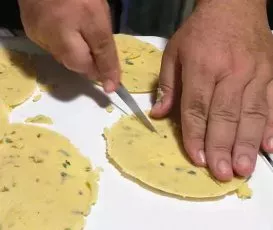
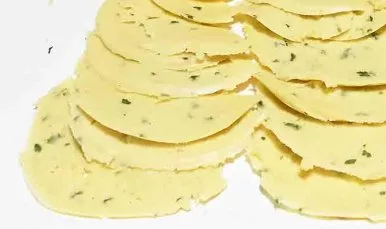
Another alternative way to form the panelle is to pour the mixture into a container, let it cool thoroughly and cut into slices of about 4mm.
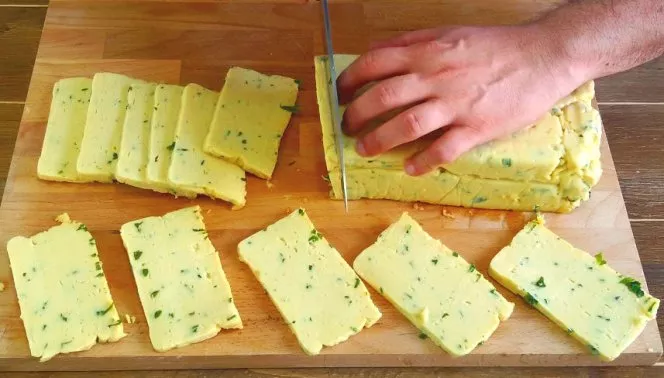
Once the panella is formed, fry it in plenty of sunflower seed oil or, if you prefer, until golden brown. The swelling is normal and is an added value that identifies the original shaping. In fact, it is only obtained by shaping it in traditional wooden moulds and on the saucer.
The fried panelle can be enjoyed alone or in a sandwich. Season with salt and spices to taste, and if you like, you can add a few drops of lemon.






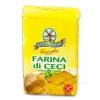

 And then Add to Home Screen.
And then Add to Home Screen.